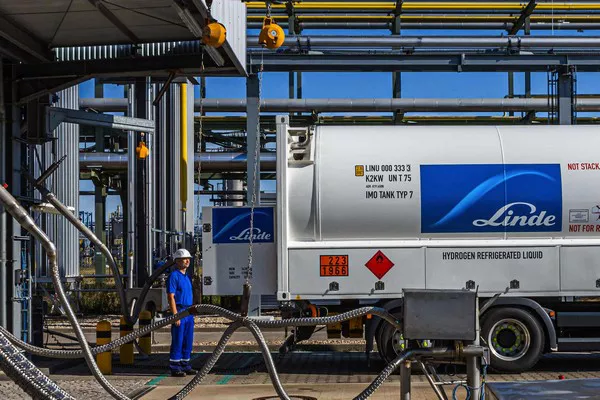Hydrogen is swiftly emerging as a cornerstone of clean energy delivery, captivating global interest and investment as governments and businesses alike embrace its potential in the pursuit of sustainable energy solutions. However, as the industry rapidly expands, significant hurdles must be overcome to realize its full potential. New research from SPG Global Commodity Insights identifies three primary obstacles standing in the way of hydrogen’s widespread adoption, despite expectations of a tenfold increase in operating capacity over the next three years.
Challenge 1: Reducing Costs and Eliminating Bottlenecks
One of the foremost challenges facing the hydrogen industry is the imperative to drive down costs and streamline the supply chain. While the focus has traditionally been on reducing the capital and operating costs of hydrogen production, attention must also be directed towards addressing infrastructure limitations, pressure requirements, and storage constraints.
In recent years, the costs associated with proton exchange membrane (PEM) electrolysis, a key method of hydrogen production, have surged due to project complexity and other factors. Estimates suggest that the costs of 10-megawatt PEM electrolyzers have escalated significantly, posing a barrier to widespread adoption.
Furthermore, the substantial electricity demand of electrolytic hydrogen production underscores the need for robust energy infrastructure to support scaling efforts. Pragmatic planning and aggressive strategies to mitigate bottlenecks will be essential to facilitate the expansion of low-carbon electrolytic hydrogen production in the coming years.
Challenge 2: Classification, Definition, and Harmonization
Establishing official classifications and definitions for hydrogen technologies is essential to facilitate their integration into regulatory frameworks, enabling access to financing and commercialization opportunities. However, achieving harmonization across international borders remains a significant challenge, particularly concerning the classification of hydrogen based on its carbon intensity.
Additionally, questions surrounding the concept of ‘additionality’ – ensuring that the dedication of low-carbon electricity to hydrogen production does not compromise other energy consumers – further complicate efforts to establish consistent standards. Harmonized rules and mutual recognition of standards are imperative for fostering rapid international trade and market development.
Challenge 3: Finding Customers
While cost reduction and regulatory harmonization are crucial, securing reliable customers for low-carbon hydrogen remains a paramount concern. Despite growing interest in hydrogen as a sustainable energy source, the premium price associated with low-carbon hydrogen poses a significant barrier to widespread adoption.
Industry stakeholders emphasize the importance of cultivating demand and securing long-term offtake agreements to drive market development. Initiatives such as the development of hydrogen hubs or valleys, aimed at co-locating potential customers across different sectors, represent a promising approach to stimulating demand.
Ultimately, the success of the hydrogen industry hinges on overcoming these challenges and unlocking its full potential in the global energy transition. With strong policy support and industry commitment, the journey towards realizing the promise of low-carbon hydrogen as a clean energy solution is well underway. However, concerted efforts to address cost barriers, regulatory complexities, and market demand are essential to ensure its continued growth and sustainability in the years to come.























